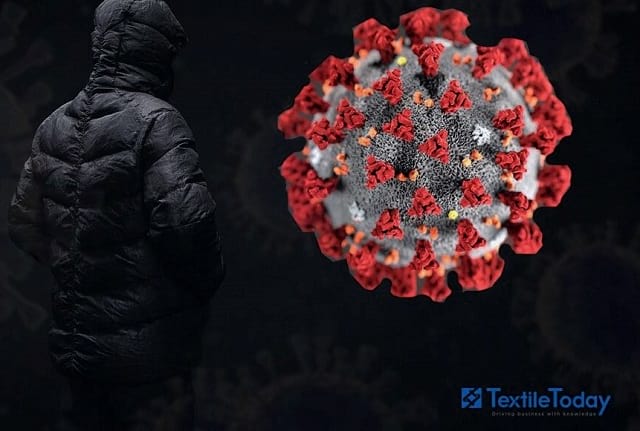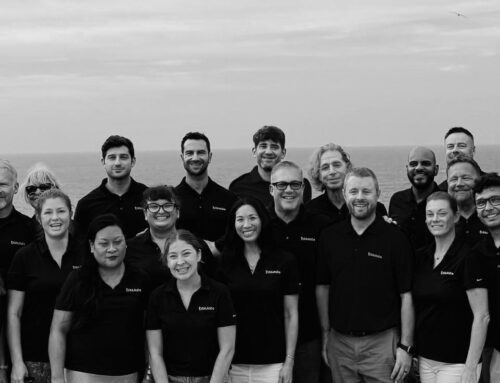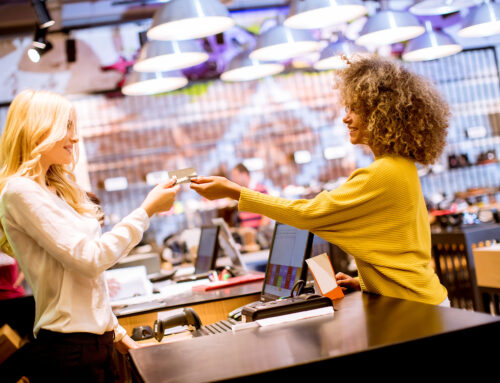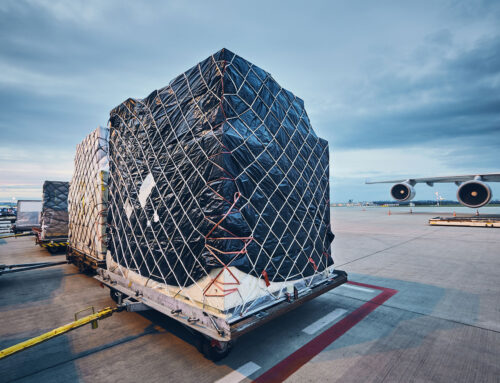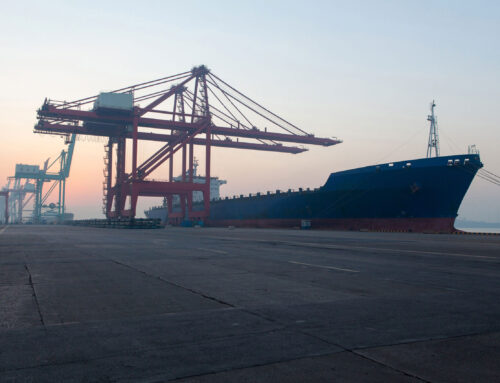The lurking uncertainty and fear coming up from the COVID-19 pandemic is going to be the catalysts of a long-lasting impact on the consumers’ demand in buying activewear with specific protective properties. Climate change, coupled with the anxiety of the coronavirus, is fundamentally enhancing the activewear features by tweaking its design path based on utility and preparedness.
Fashion Snoops, a trend forecasting firm reports that over the next 18 months, consumers in crisis mode will likely look upon and drive up the demand for activewear that provides adaptability, utilitarian practicality and protection- all incorporated in one product.
Taylor San Nicolas, the Activewear Editor of Fashion Snoops said, “People are feeling super anxious and want to be prepared as we move forward in the future.”
Hence this readiness to be well prepared is creating a dire necessity. She further added, “We believe that while this crisis is creating a lot of damage, it will also lead to a lot of creative innovation, and a global realization that we need to change our habits for a better future.”
According to the firm, reinforced mesh that works as a pollution filter, canvas with high tensile strength and thermal fabrics would grasp the market. Fabrics prepared with technical finishes to be more protective, durable and functional will get focus. There will also be a good demand for antimicrobial finishes.
Materials with surfaces that are less porous or materials having hydrophobic nature where organisms cannot survive will be upgraded using new technologies and made more impenetrable for bad organisms. Key design concepts of the activewear include outdoor dresses like Vollebak’s ultra-lightweight puffer jackets made with strongest fiber Dyneema which is 15 times stronger-than-steel and apparel with ‘on-the-go’ power supply for electronics and designs that include face protection.
Multifunctional products that can be worn for various purposes will likely gain importance after the pandemic, as consumers are forced to rebuild their bank accounts. And if a product fits more than one situation, that adds convenience which is an added value.
Meanwhile, Remy Garson, CEO of IBrands Global sees PPE becoming a wardrobe and cultural staple for years to come. In January, he halted production of all conventional goods and quickly converted his manufacturing facilities in the U.S. and China to create a supply of Personal Protective Equipment (PPE) to battle the Coronavirus pandemic.
“People are thinking about hygiene like they never did before,” Garson said.
“A lot of fashion companies are starting to make fashion masks. Gela from Pam & Gela is designing masks. What you’re going to see is a portion of IBrands is going to stay in PPE because demand is going to remain a part of our future,” Garson added.


